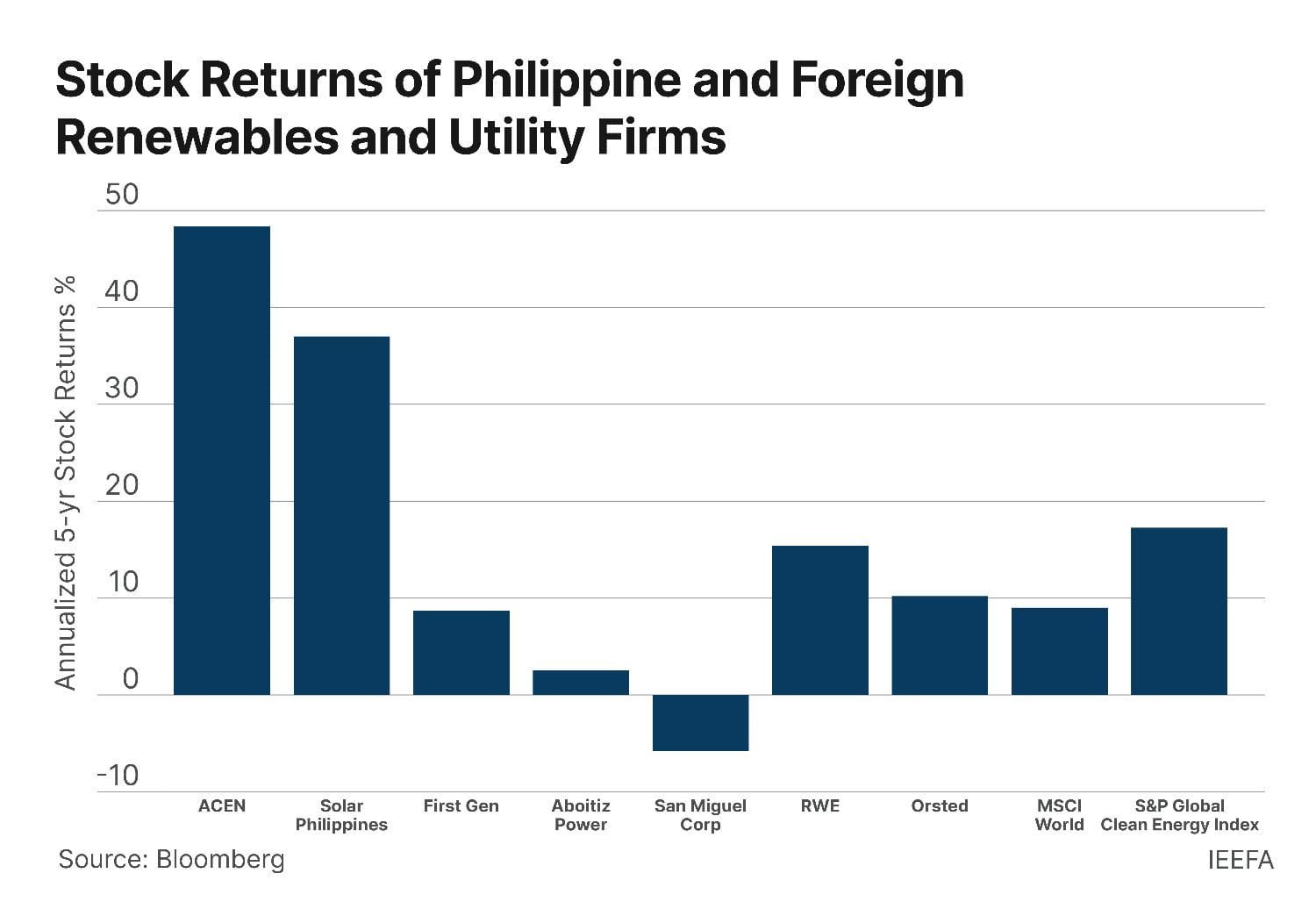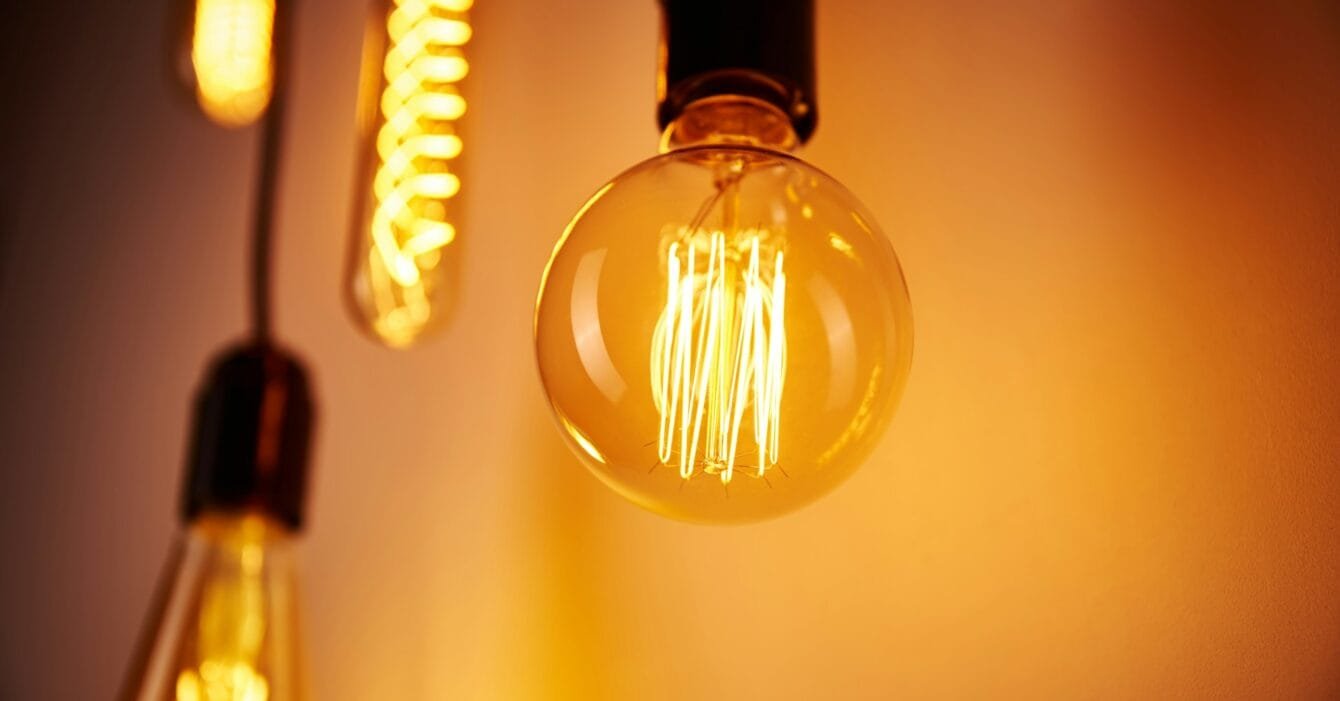The Philippines is making bold changes to its energy landscape. Through the Philippines Energy Auction Reform, the government is shifting away from negotiated power deals toward competitive renewable energy auctions. This marks a major step toward transparency, affordability, and market confidence.
Philippines Energy Auction Reform: A New Auction Model for a Fairer Market

The reform replaces the old Power Supply Agreement (PSA) system with open bidding. Around 20 government-owned plants totaling 4,300 megawatts (MW) are being sold through auctions. The goal is simple — make the market more competitive and lower electricity prices for everyone.
Past auctions faced issues such as under-capitalized bidders and a limited number of participants. The new structure tackles these flaws by encouraging fair competition, clearer rules, and wider stakeholder participation. Transparency is now at the center of how the Philippines aims to build its energy future.
Read Also: Philippines Renewable Energy Auctions: New Contracts Amid Rising Demand
This approach is not just about governance. It’s also about cost. Competitive bidding could push renewable electricity prices below 2.75 Philippine pesos per kilowatt-hour (about USD 0.055) — close to or even lower than traditional energy costs.
GEA-4: A Record-Breaking Auction
The fourth Green Energy Auction (GEA-4) in 2025 showed how far the Philippines has come. The auction attracted bids totaling over 9.4 gigawatts (GW) — an 88% subscription rate against the 10.65 GW target.
The projects covered a diverse mix: ground-mounted and rooftop solar, floating solar systems, onshore wind farms, and integrated solar-plus-storage facilities. These awarded projects will start operations between 2026 and 2029, signaling strong progress toward the country’s renewable goals.
By 2030, the Philippines aims for renewables to make up 35% of its power mix, and 50% by 2040. Auctions like GEA-4 are turning those targets into real investments and measurable results.
Philippines Energy Auction Reform Drives Investor Confidence
The Philippines Energy Auction Reforms have not stopped at auctions. In late 2022, the government lifted nationality restrictions, allowing 100% foreign ownership in renewable projects. This includes solar, wind, hydro, biomass, and ocean energy.
This policy opened the door for global investors and accelerated partnerships. One clear example is Masdar’s $15 billion solar and wind investment, part of the country’s larger $485 billion grid modernization plan. This massive upgrade aims to strengthen transmission systems, integrate renewables efficiently, and stabilize power supply nationwide.
Read Also: Philippines M&A Regulation Updates Stir Investor Moves
These moves are sending a clear message to investors: the Philippines is serious about clean energy.
Falling Costs, Rising Demand
As reforms take hold, the market is already seeing results. Spot power prices have dropped to 4.14 pesos per kWh in 2025, thanks to cheaper renewable generation. Major utilities such as MERALCO are increasing their renewable sourcing — now at 21% — to meet growing sustainability and affordability goals.
Lower prices, strong policy direction, and growing investor participation are reinforcing one another. Each successful auction increases confidence and attracts even more capital into the sector.
The Road Ahead for the Philippines Energy Auction Reform
The high 88% participation rate in GEA-4 proves that investor appetite is strong. With renewable energy costs nearing parity and infrastructure investments accelerating, the Philippines is positioning itself as one of Southeast Asia’s most promising green power markets.
The Philippines Energy Auction Reform has become a cornerstone of the country’s clean energy transition. The combination of open competition, regulatory transparency, and foreign investor access is creating a dynamic and resilient market. The journey is far from over, but momentum is unmistakable. Through clear reforms and consistent policy execution, the Philippines is lighting the path toward a sustainable and competitive energy future.

